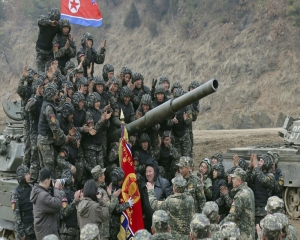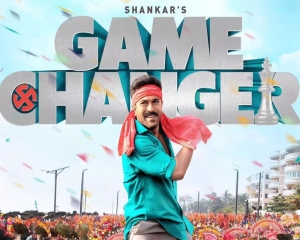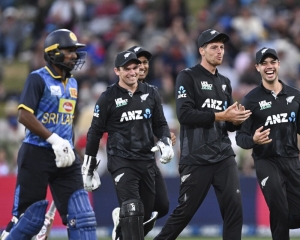As Punjab gears up to vote in the last phase of the Lok Sabha elections, the State’s electorate faces a plethora of options but finds few truly meritorious candidates
In the Lok Sabha election 2024, over twenty million voters in the State of Punjab have plenty more options than ever before for choosing their representatives from among Indian National Congress (INC), Aam Aadmi Party (AAP), Bhartiya Janta Party (BJP), Shiromani Akali Dal (SAD), Bahujan Samaj Party (BSP), Communist Party of India- Communist Party of India, Marxist (CPI-CPIM) and others, yet they are faced with a lack of enthusiasm and disinterest more than ever before in ‘who to vote and who not to vote’. On the other hand, every political party is grandstanding to be the best candidate for the voters’ choice, yet very unsure, fearful and worried about the voters’ response.
Among the voters, there is a ‘stony silence’ while the candidates and political parties are clamouring for their candidature and claim on all the thirteen Lok Sabha constituencies.
During the last couple of months, the leaders and the parties have been trying their fresh ‘makeover’ by switching positions: the individuals by hopping parties as the perceptibly stronger boats for them to sail through the election and the political parties by adopting the leaders of their opponents as perceptibly stronger ‘horses’ to pull their horse carts.
The situation is caused by the politicians’ ‘faulty’ understanding of democracy as a game of ‘taking turns’ to enjoy as ‘rulers’ and render the ‘citizens’ as ‘subjects’ while following the policies ‘not so pro-people’ that redefine democracy as a Government of the people, by the people but nor ‘for the people’.
The political parties have been promising at the time of elections but not performing to fulfil the promises after their victory. After the elections, pursuing policies that help the political class, corporations and their associates, the political parties and individuals in power have been dodging the real issues by projecting the emotive but peripheral issues, leaving the people begin with nothing in essence and end with nothing in essence; the politics of ‘nothingness’ has been going on leading the voters to the current situation of ‘the agony of choice’ caught in an existential crisis of deciding ‘to vote or not to vote’/ ‘who to vote or who not to vote’.
The available choices of candidates and political parties in ‘matter’ are plenty but all alike in ‘essence’: distinguishable in appearance but indistinguishable in actions, leaving the voters confused but ‘condemned to choose’.
Significantly, no political party has included conventional issues like the transfer of Chandigarh and Punjabi-speaking areas, water distribution and more rights to the States etc. in their manifestos, speeches and slogans. Furthermore, no major political party is firmly raising issues that glare in the face of the people as well as the State: unemployment, poor education, health and civic amenities, migration abroad, drugs, mining, corruption, law & order and urban development.
Instead, the game of party switch or candidate hunting, as a ‘war’ before the election ‘war’ has been in practice as a principle rather than an exception in this election in Punjab.
Facing the ‘trust-deficit’ of the people and ‘self-confidence-deficit’, the political class has remained engaged in a dance of party-switch and candidate-hunting.
Analysing their profiles can help to see the political parties’ faces more clearly. For example, the BJP may be credited with governance and a brisk economy, but it is discredited for pro-rich and anti-small businesses, farmers, shopkeepers, urban and rural poor and religious polarisation. It is a ‘crisis of plenty’ where the economy of the country is being touted as the ‘fifth largest in the world’ yet its people have become poorer and the unemployment and prices are on the rise.
The Congress may be credited for the all-inclusive politics and the pro-farmer promise of MSP but discredited for a divided house and ambiguous performance in the past. The AAP is credited for some concessions like free power and free bus travel for women in the State but discredited for non-performance, inexperience and overdependence on Delhi.
The SAD is credited for its historical pro-State positions and fights but discredited for family control of the party and a pro-corporate tilt in its position.
The communists are credited for honesty, commitment, secularism and pro-poor ideology but discredited for resource crunch to contest elections, inability to win and have much role in the Government.
The voters are confused because they are not sure whether their vote shall be for Congress, BJP, SAD or AAP after the candidate wins; they are not sure if the candidate they vote for will remain in the same party or switch to the party more beneficial to him; they are confused because they are not sure if the parties and leaders will do what are saying.
Yet they will have to choose someone. But that will happen on the day of voting. The situation is as hazy and ambiguous as the manifestos of the political parties.
(The writer is a retired professor from Guru Nanak Dev University Amritsar; views are personal)


























